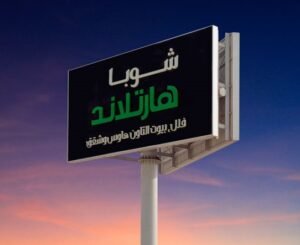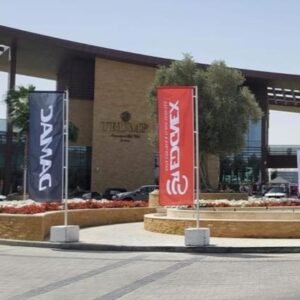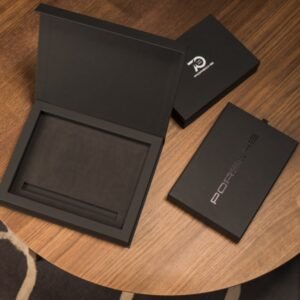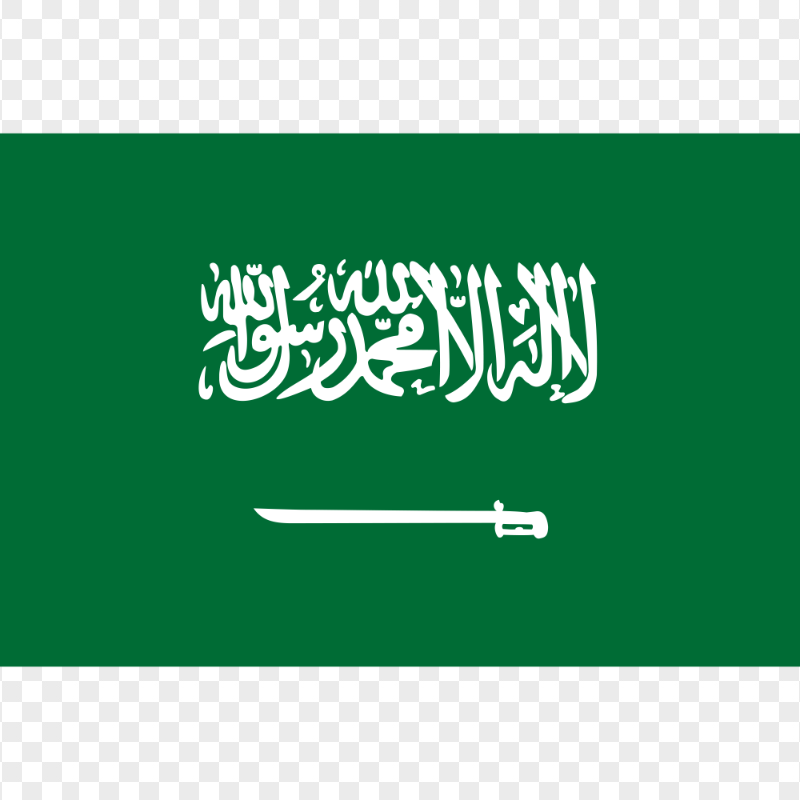Choosing the right signage for your business or event is crucial for effective communication and marketing. While banners are a popular and versatile option, it’s important to compare them with other signage types to determine which best suits your specific needs.
Here’s a comparison of banners with other common signage options:
Banners
Banners are typically made from flexible materials like vinyl, mesh, or fabric. They are highly versatile and come in a wide range of sizes and designs.
Advantages of Banners:
- Cost-Effective: Banners are generally among the most affordable signage options, especially for large formats. Printing on vinyl or fabric is often less expensive than manufacturing rigid signs.
- Portability: Banners are lightweight and can be easily rolled up, folded, and transported. This makes them ideal for trade shows, temporary events, pop-up shops, and promotions that require frequent relocation.
- Easy Installation: Most banners come with grommets (metal rings) for easy hanging with ropes, zip ties, or bungees. This allows for quick setup and takedown. Some also come with stands (e.g., retractable banners) for freestanding display.
- Versatility: Banners can be used both indoors and outdoors. They are suitable for announcing sales, grand openings, events, directing traffic, or serving as backdrops.
- Customizability: Banners offer extensive customization options in terms of size, shape, color, graphics, and text. Full-color, high-resolution printing allows for vibrant and eye-catching designs.
- Temporary Use: They are perfect for short-term promotions, seasonal advertising, or events where signage needs to be displayed only for a limited period.
- Good for Large-Scale Messaging: Their size often allows for large, bold designs that are visible from a distance, making them effective for storefronts or event backdrops.
Disadvantages of Banners:
- Durability: While outdoor vinyl banners are weather-resistant, they are generally not as durable as rigid signs. Prolonged exposure to extreme sun, wind, and rain can cause fading, tearing, or fraying over time.
- Appearance: In some contexts, banners may be perceived as less “permanent” or “professional” than rigid signs, especially for long-term branding. They can sag or flap in the wind if not properly secured.
- Maintenance: While vinyl banners are easy to wipe clean, fabric banners might require more involved cleaning.
- Wind Resistance (for solid vinyl): Solid vinyl banners can act like sails in high winds, putting strain on grommets and potentially causing damage. Mesh banners are designed to mitigate this issue with perforations.
When to Choose a Banner:
- You need a temporary sign for an event, sale, grand opening, or seasonal promotion.
- Budget is a significant concern.
- You require a sign that is portable and easy to transport.
- You need to frequently update your messaging.
- You want a large-format sign that is highly customizable.
- You are looking for an indoor backdrop or display.
Other Signage Options
Beyond banners, a wide array of signage options exist, each with its own benefits and drawbacks.
1. Rigid Signs (e.g., Aluminum, Corrugated Plastic, Acrylic, PVC, Wood)
These signs are made from solid, inflexible materials.
Advantages:
- Durability & Longevity: Built to last for years, often decades. They are highly resistant to weather, fading, and physical damage.
- Professional Appearance: Convey a sense of permanence, stability, and professionalism, which can enhance brand image.
- Variety of Materials: Available in various materials (metal, wood, acrylic, PVC, etc.) to match different aesthetics and budgets.
- Versatile Mounting: Can be wall-mounted, post-mounted, or used in freestanding frames.
- Illumination Options: Many rigid signs, like channel letters or monument signs, can be internally or externally illuminated for visibility day and night.
Disadvantages:
- Higher Cost: Production and installation costs are significantly higher than banners, especially for larger or illuminated signs.
- Less Portable: Due to their weight and rigidity, they are difficult to move once installed.
- Fixed Messaging: Changing the message or design on a rigid sign is usually expensive and time-consuming, often requiring a new sign to be fabricated.
- Complex Installation: May require professional installation, including drilling, brackets, or framing.
When to Choose a Rigid Sign:
- You need a permanent fixture for your business identification, building name, or directional signage.
- You prioritize durability and longevity.
- You want to project a high-end, professional image.
- Your messaging is long-term and not subject to frequent changes.
- You need a sign for wayfinding or regulatory purposes.
2. Digital LED Signs
These signs utilize LED or LCD displays to show dynamic content, including images, videos, and scrolling text.
Advantages:
- Dynamic Content: Can display changing messages, animations, videos, and real-time updates.
- High Visibility: Extremely eye-catching, especially at night or in bright sunlight.
- Instant Updates: Content can be changed remotely and instantly, allowing for quick adjustments to promotions or information.
- Interactivity: Some digital signs offer interactive capabilities, engaging viewers more deeply.
- Reduced Printing Costs: Eliminates the need for repeated printing of physical signs.
Disadvantages:
- High Initial Investment: Significantly more expensive than traditional banners or rigid signs.
- Technical Expertise: Requires some technical knowledge for content management and troubleshooting.
- Power Consumption: Requires a continuous power supply.
- Maintenance: While durable, electronic components can require specialized repair.
When to Choose a Digital LED Sign:
- You need to frequently update your messages (e.g., daily specials, upcoming events, real-time information).
- You want to capture maximum attention with dynamic and animated content.
- You have a higher budget for signage.
- You operate a business that benefits from showcasing multiple products or services in a limited space.
3. Flags (e.g., Feather Flags, Teardrop Flags)
These are typically made of fabric and mounted on poles, designed to flutter in the wind.
Advantages:
- High Visibility & Movement: Their movement in the wind naturally draws attention.
- Portability: Lightweight and easy to set up and take down.
- Cost-Effective: Generally more affordable than rigid signs.
- Outdoor Effectiveness: Excellent for outdoor events, sidewalks, and storefronts to catch passing traffic.
Disadvantages:
- Limited Messaging: Typically only accommodate short, impactful messages or logos.
- Weather Dependent: Can be damaged in extreme winds or heavy rain.
- Less Formal: May not suit all business aesthetics for permanent branding.
When to Choose Flags:
- You want to attract attention to your storefront or event from a distance.
- You need temporary outdoor signage that is easy to deploy.
- You have a limited space for a traditional sign but want vertical presence.
4. Window Graphics/Decals
Vinyl graphics applied directly to windows.
Advantages:
- Space-Saving: Utilize existing window space, requiring no additional footprint.
- Affordable: Relatively inexpensive to produce and install.
- Privacy & Aesthetics: Can offer privacy while still advertising, and enhance the storefront’s appearance.
- Versatile: Can be full wraps, partial decals, or cut lettering.
Disadvantages:
- Limited Visibility at Night: Unless backlit, they may not be visible in the dark.
- Temporary/Semi-Permanent: While durable, they are not typically considered permanent building signage.
- Can Obscure View: Full window wraps block natural light and the view from inside.
When to Choose Window Graphics:
- You want to utilize existing window space for advertising or information.
- You need an affordable way to enhance your storefront.
- You want to provide privacy or decorative elements.
Conclusion
The “right” signage option depends entirely on your specific goals, budget, location, and the nature of your message.
- Choose banners for temporary promotions, portability, and budget-friendliness.
- Opt for rigid signs for permanent branding, durability, and a professional, established look.
- Invest in digital LED signs for dynamic content, instant updates, and maximum attention-grabbing impact.
- Consider flags for eye-catching outdoor promotion with movement.
- Utilize window graphics to leverage existing window space for branding and information.
Often, a combination of these signage types works best to create a comprehensive and effective marketing presence.





 UAE
UAE Saudi Arabia
Saudi Arabia